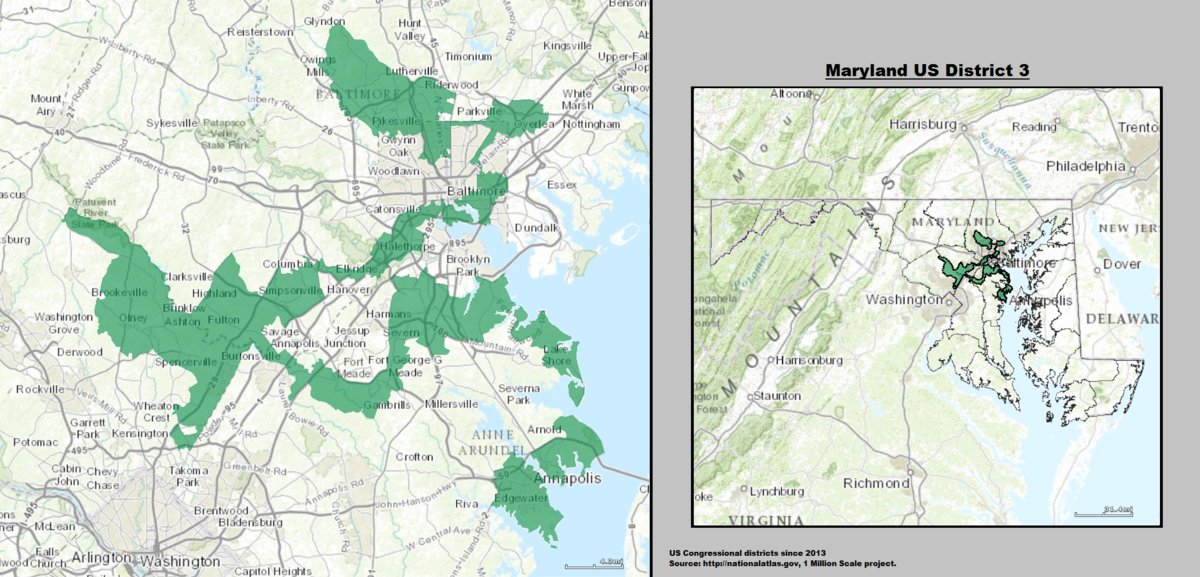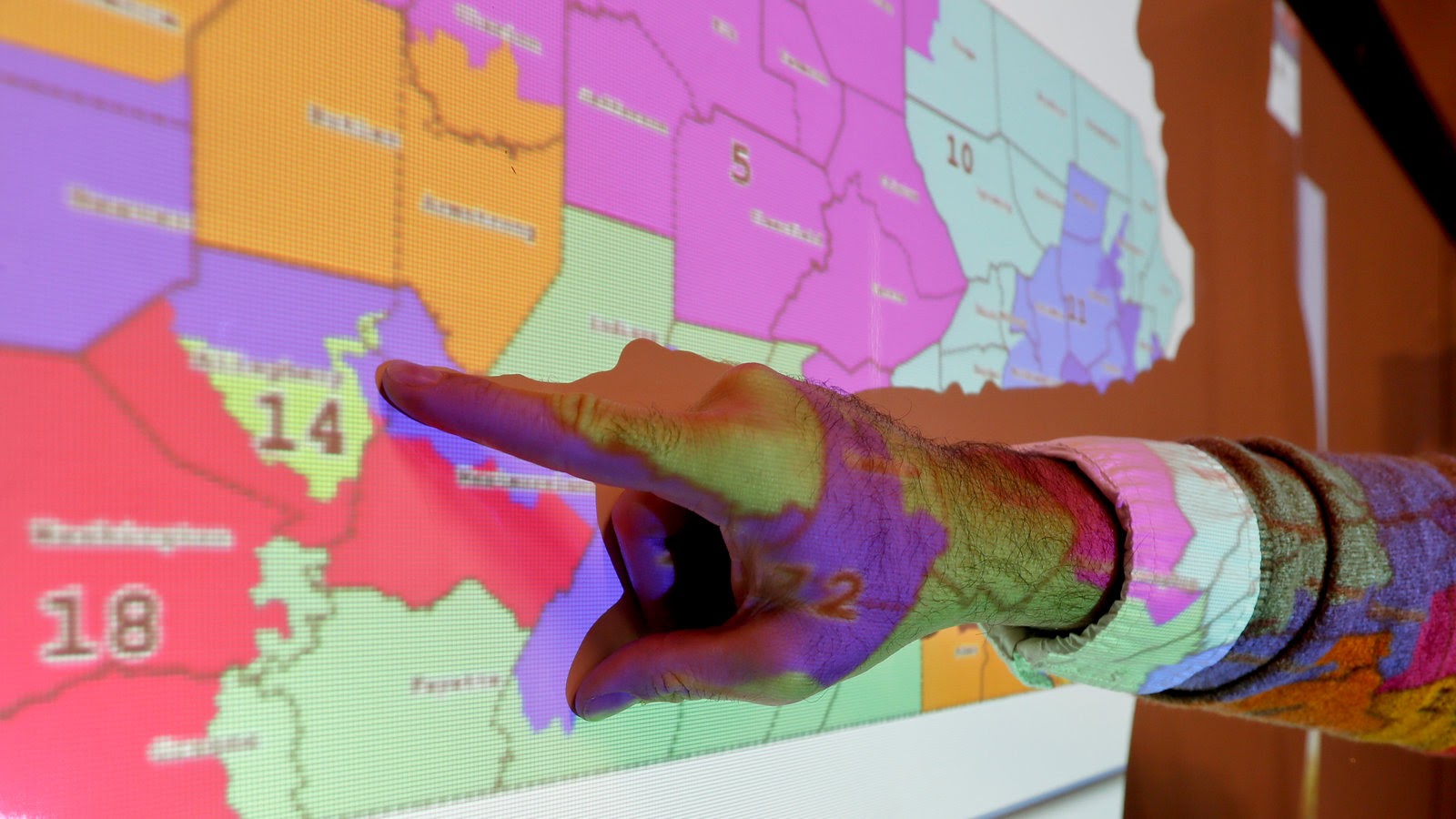Every ten years, the United States holds a census, which counts the amount of people that live in the US, among other information such as where they live. One of the most important things the census helps us determine is districts. By knowing where people live in a state, politicians can divide up states into congressional districts, with each district electing one representative to the house of representatives. However, the district lines are often drawn unfairly. This practice is called gerrymandering.
Gerrymandering is the practice of drawing district lines in a way that will ensure one candidate has an advantage over another. Each district in a state elects a representative to congress. This means that a state with six districts that contain majority Democratic voters and four districts that contain majority Republican voters will have ten representatives: six Democrats and four Republicans. Over the past decade, gerrymandering has commonly favored Republicans, although both Democrats and Republicans are guilty of drawing political borders to give their party an advantage. For example, say a state has ten US Representatives, and 40% of voters in the state are Republican and 60% are Democrats. At first glance, one may want to divide up the state using county or city lines, trying to keep communities together. However, the whole point of districts is to divide the state up evenly by population so that each person is equally represented. To divide up the state fairly in this scenario, there should be ten districts, all with the same number of people. To make it fair on a political basis, there should be six with Democratic voters and 4 with Republican voters. But people do not normally live in perfect cities where the political climate reflects the ratio of the state. In fact, Democrats generally live in cities, while Republicans tend to gravitate to rural areas.
In addition, the population of different cities changes as people move. The population balance between and within states is constantly shifting while the number of representatives stay the same, so district lines must be redrawn to ensure that each representative represents approximately the same number of people. That is why redistricting happens most commonly after the census.
Because the states decide how district lines are drawn, there are several ways the redistricting process could happen. Most district lines are drawn by the state legislature. If the state legislature is primarily Democratic or Republican, then the district borders can be created with the intention of making it easier to reelect candidates from that party. As mentioned earlier, Democrats generally tend to live in cities, while a higher proportion of Republicans live in rural areas. That’s why one may see divided cities, while the rest of the district encompasses the surrounding suburbs or rural areas. The division of the Democratic city area allows all the districts to be majority Republican, even if that may not reflect the overall state. This method is referred to as cracking. Another method, called packing, is when the legislature attempts to put the voters with opposing political views into one district, but the others are still their supporters. This can lead to districts where political races are not competitive, and voters may feel like their votes do not matter, or their voices are not heard. Modern gerrymandering often uses computers to maximise the number of seats a political party can gain. That’s why gerrymandering is known to create irregular district shapes, much like Maryland’s third congressional district, pictured here.

Some states have taken steps to combat this practice. For example, New York has created an independent commission to take over the redistricting process, while Virginia has a bipartisan association. By giving the power of drawing district lines to a commission that has less bias or contains many people with different biases, the process will be more fair. The supreme court has ruled that courts cannot decide the legality of districts, but it should be decided by either congress or the states.
The best way to ensure that gerrymandering does not continue and each voter’s voice is heard through fair district lines is to take away the power of redistricting from biased politicians and hand it over to an independent commission. If you live in the United States, I encourage you to look up how your state determines district borders, and if your state has passed any redistricting reform bills. If you want to help end gerrymandering, reach out to your local or state representative and tell them to put an independent commission in charge of drawing district lines. Make your voice heard to ensure fair and equal representation in voting.

